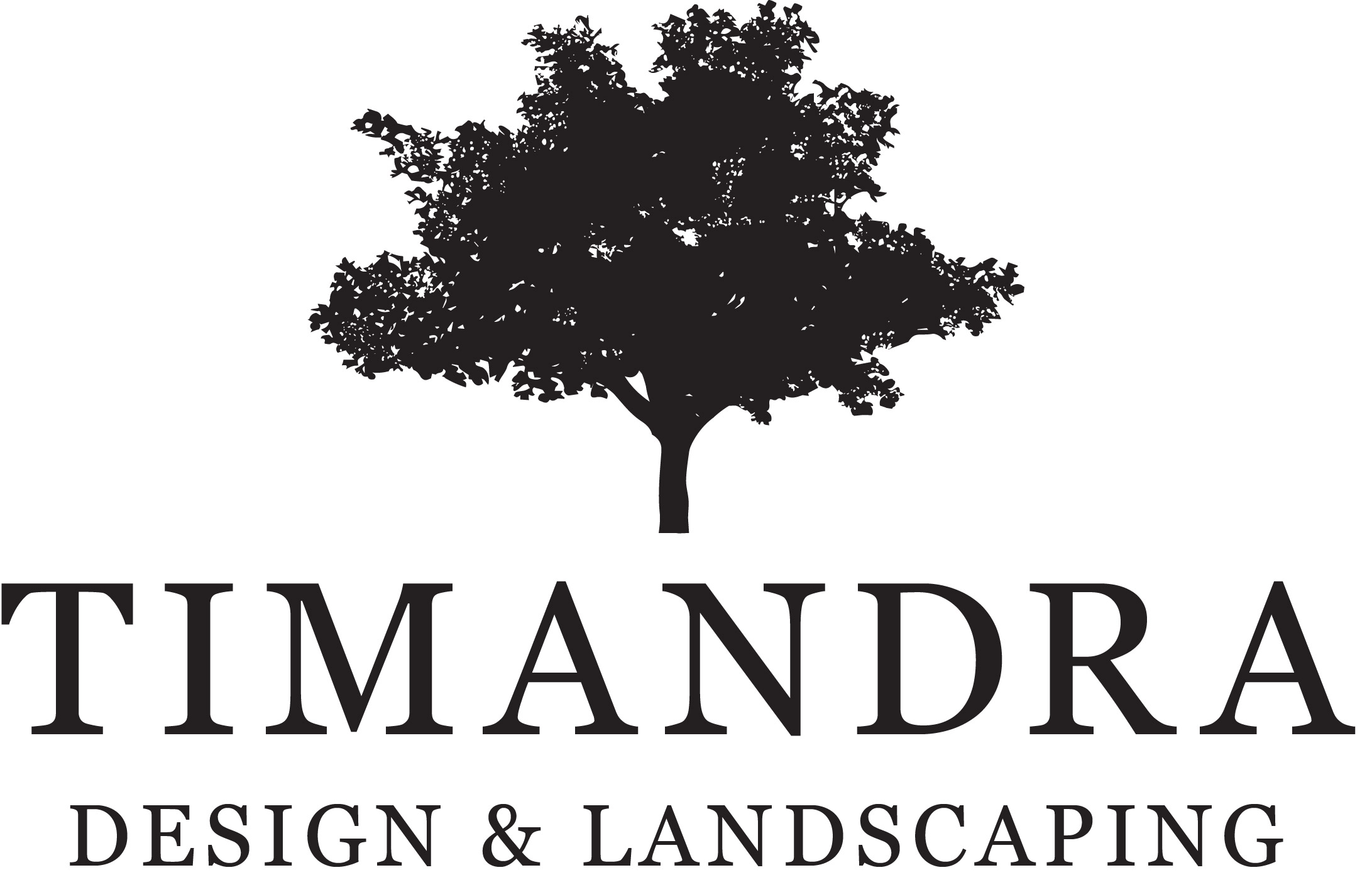“Juxtaposition of plants” – what does this mean?
The average plant buyer, when in need of a plant, goes to their local nursery and looks for something that takes their fancy. The usual plant that attracts attention is one with pretty flowers. I’m sure that this is why roses are so popular with many – people love the flowers.
Using the rose as the illustration here, consider what a rose has to offer other than its pretty flowers. Any thoughts? Personally I can’t think of anything other than the flower! So my comment here is – why bother growing them! They are dormant for 1/3 of the year at least, they get disease which requires attention, they are maintenance guzzlers, and without flowers they are absolutely nothing – just prickly sticks.
And there are a lot of plants in a traditional nursery that are exactly the same. The flowers look good, but this is the only redeeming feature of the plant. The foliage is dull or maybe sprawling and needing constant control, the shape is dumpy and so on. Tho the dumpy shape can have its uses in the garden, especially for breaking up areas of the site.
As a landscape designer, I would never select a plant based solely on its flowers. A plant needs to offer a lot more than mere flowers. But this truism is very difficult to get across to some people, hence the bad gardens that we see too often.
The juxtaposition of a plant refers to the placement of plants next to each other. If the existing plant in situ has broad leaves, maybe like Lambertia orbifolia, then a good neighbouring plant could be a fine leaved bottlebrush, like Callistemon viminalis or one of its cultivars. Not only does this bottlebrush grow in different soils, but the weeping habit of the fine foliage is a wonderful contrast for the more rounded Lambertia.
Good garden design, for both exotic and native gardens, is about contrasts with plant textures, colours etc. In a shady place under trees the very useful Plectranthus argentatus is a wonderful foil for plants like Correa baeuerlenii, Dianella tasmanica ‘Splice’ or even some of the hardier native ferns. The Plectranthus is light grey and hairy; it has blue flowers but to me it is the foliage that sets this plant apart.
Unfortunately these plants are not common to most local nurseries. You may have to visit specialist native nurseries to find some of these beauties.
Before purchasing any plant, if unsure about your find, always have in mind where you want to put it. It is essential to have an idea about both height AND width so that you won’t be forever pruning it because it grows too wide.
And consider also the idea of trimming the lower foliage of taller plants, to then enable smaller plants to be grown at its base. Once again, ensure that the width of the plants won’t be to the detriment of other plants in the mix.
I am a plant lover, but even in this guise, I remove plants that don’t perform. It is unfortunate that some plants just aren’t strong specimens from the outset. One problem that you usually only find when you pull the plant up, is girdled roots. It is very hard to tell when purchasing a plant whether there are girdled roots under the surface of the top soil. I have been caught a few times here which has been disappointing to find. Good nurseries shouldn’t sell these plants, but unfortunately every plant is worth money, and some get through by the wholesalers. This can happen with all shrubby plants, including trees.
In conclusion, I cannot stress firmly enough the need to choose your plant based on –
- the plant’s suitability to the soil in which it will be planted
- will the plant grow in the conditions of your garden i.e. if it likes full sun, then don’t plant it in shade
- what do the neighbouring plants look like? Will this plant provide a good contrast?
- the habit of the plant so that excessive maintenance is not needed
- colour, texture etc of the foliage because this is more important than the flowers
And for consideration for all readers is the fact that anyone can have a label printed – you don’t need to have any knowledge to have labels explaining growing conditions printed. So don’t rely on plant labels for information. Do your own research and you will be far better off.
